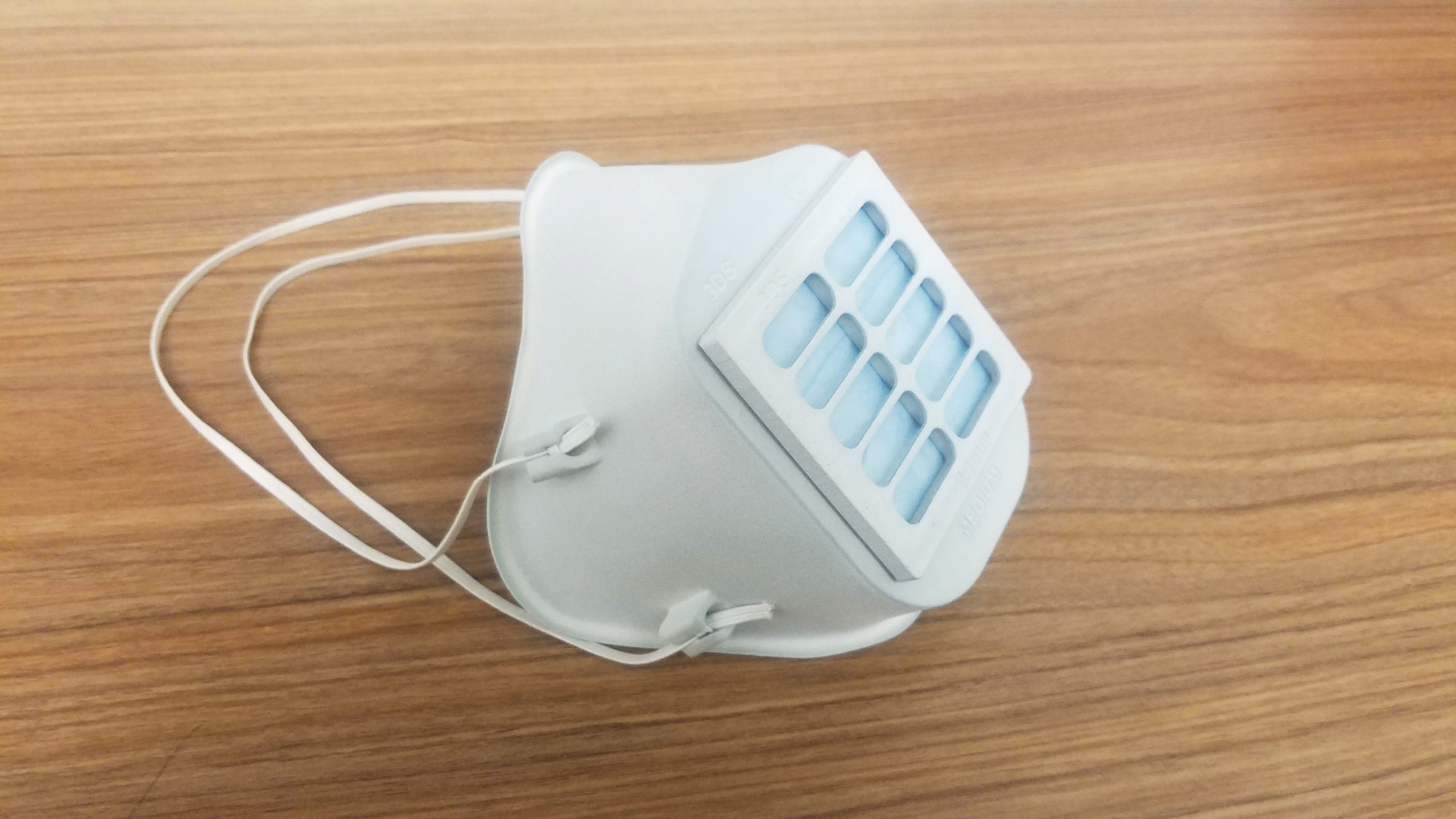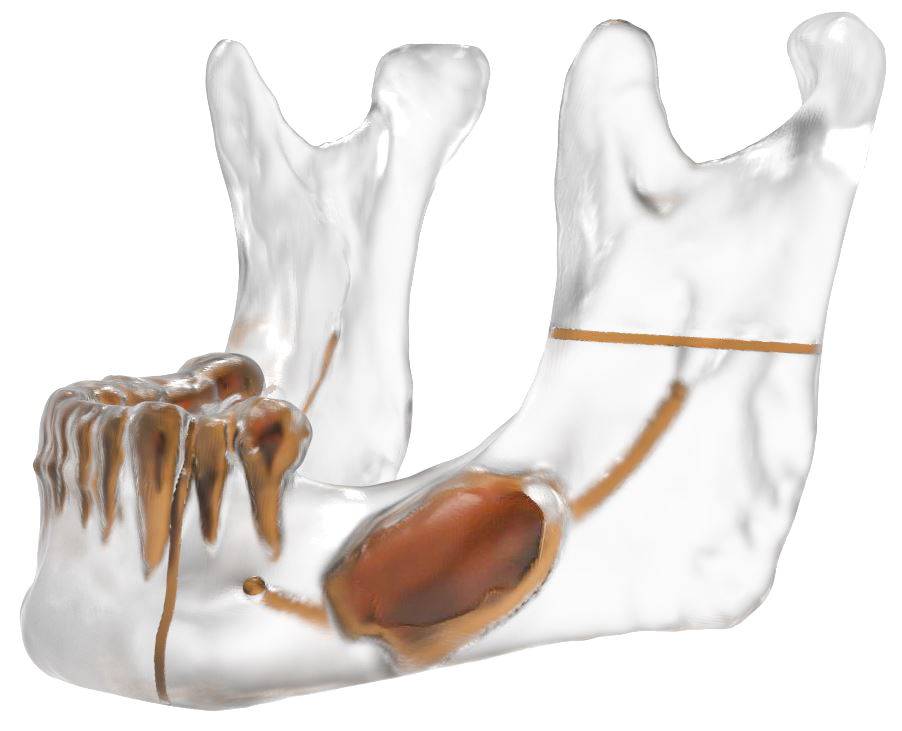With experience manufacturing over one million medical devices, planning 120,000 patient-specific cases, and supporting more than 85 CE-marked and FDA-cleared medical devices, 3D Systems’ healthcare business is focusing on accelerating product innovation. The pioneering 3D printer manufacturer has been at the forefront of additive manufacturing for decades, providing comprehensive solutions to advance new products from concept to commercialization. The company values the work done with healthcare providers and medical device manufacturers, incorporating their know-how into product design and validation processes to offer more reliable and effective solutions for customers.
As 3D Systems continues to hone in on precision medicine solutions—offering 3D printers, anatomical models, virtual surgical planning services, simulators, training, and education for medical professionals and the healthcare industry—what does this mean in the big scheme of things? For Gautam Gupta, Ph.D. and Vice President and General Manager of Medical Devices at 3D Systems, it means “generating greater adoption of 3D technologies requires working with hospitals’ point of care sites that are increasingly looking to bring these disruptive systems onboard and on-site.”
Talking to 3DPrint.com recently, Gupta explained he is focusing on the significance of point-of-care 3D printing in hospitals to speed up procedures and treatments. The company is also directing efforts toward several other priorities for creating the hospitals of the future, which he believes are closer than we expect. Gupta, who began his career as a biomedical engineer and has worked in the healthcare industry for a decade, said this new role means he gets to work closely with three critical segments in healthcare: dental, medical simulations, and medical devices.
How is 3D Systems helping hospitals embrace 3D printing technologies at the point-of-care?
“This is still a pretty esoteric technology to a lot of people. Even today, if we want to 3D print a validated medical device that is going to be implanted in a patient, this technology is just scratching the surface. It’s still moving into a realm where people are 100% comfortable using it. When we work with the medical device companies that have a lot of engineering expertise, they are already familiar with implant designs, the regulatory processes that surround it, and commercialization. But when it comes to hospitals and point of care 3D printing, we are talking to experts that are accustomed to using the technology in its final form, and 3D Systems is helping them by creating the devices. For medical professionals to suddenly have to deal with producing an implant, the entire workflow associated with it, and a quality system that can be audited by an agency to determine patient safety – like the U.S. Food and Drug Administration –, is not easy.”
Do you see an opportunity for the medical field to finally focus on 3D technologies, post-COVID pandemic?
“The future is now, in some cases, because a lot of these hospitals needed 3D printing technology to respond to the pandemic. For example, we have been working with the VA [Veterans Affairs] hospitals that had to immediately come up with a way to produce swabs and other elements in-house, since the external supply chains were disrupted for weeks after the WHO [World Health Organization] declared COVID-19 a pandemic. However, these institutions are thinking about the long term and realizing that this is a moment in time where they need to have a futuristic vision in case something like this were to happen again. Hospitals are turning to us for help and we are creating long term partnerships with many of them so they can benefit from our knowhow. We are not just selling machines, we are providing guidance to hospitals.”
You mentioned the VA, where else can we find 3D Systems’ partnerships?
“For over a year we have been working with Samer Sruji, director of the Oral and Maxillofacial Department at Galilee Medical Center in Nahariya, Israel, who started using 3D Systems’ D2P (Dicom to Print) and printers to create surgical renditions of patient pathologies for surgical planning, mainly to operate tumors embedded deep within the body. Once his colleagues realized the power of visualization and planning via these models, the hospital doubled his budget so that he could establish a 3D printing lab in the craniomaxillofacial unit. This is the first and currently, the only center in Israel that incorporated an in-house end-to-end surgical planning workflow, in which physicians have the knowhow for using 3D Systems’ surgical planning applications and 3D printing. Improving patient communication, surgical planning, and anatomical modeling at the hospital, led Sruji to become an enabler of 3D technologies.”
What is the biggest challenge for 3D printing pre-operative anatomical models?
“These anatomical models are not reimbursed through insurance, it is a direct cost to the patient, so this creates some inhibition to adoption. Two years ago, insurance companies allowed for a CPT (Current Procedural Terminology) code to be added to hospitals, which means that there is a recognition that this is a necessary solution for surgery. I believe that once databases begin to show that surgical procedure accuracy is improved and reduces surgical procedure times, insurance companies will realize that 3D printed models will save them tens of thousands of dollars in post operative complications and time in the OR (operating room).”
Having a CPT code was the first hurdle, are there any additional limitations to the technology?
“There are some technical challenges today. Surgeons want to actually perform a surgery simulation on the 3D printed models, so they require a tissue-like material for a more realistic feel. We are making great strides, but the technology is not entirely there yet. For example, 3D Systems’ MultiJet printing (MJP) systems create a very soft tissue like material already, but surgeons want to take these models inside the OR as reference material during the actual procedures. However, currently, none of these MJP materials can be sterilized and taken inside the OR, so its not 100% experience ready for the surgeons. The only materials that can be sterilized are hard ones that we use to print in SLA, but they can’t be used to practice procedures. Further materials innovation will enable that capability.”
How do you imagine a hospital in the future?
“In the future, I think there will be a specialized site in hospitals with 3D Systems’ machines and technicians. Patient experiences will be 100% customized as medical device companies will also find a way to work inside the hospitals. We already have a lot of solutions that are highly useful to the healthcare industry, like medical modeling, surgical planning, and medical device design and manufacturing and we continue to innovate in these areas. For example, right now, we can only use pre-canned standardized cases for simulating surgeries through our Simbionix simulators which allow for learning and mastery of critical skills. We want to find a way to capture a patient’s data and upload it directly into our simulator software so surgeons can virtually perform surgeries in real-time prior to an actual procedure. We understand that healthcare starts with the patient, so helping surgeons move into personalized solutions that are enhanced by 3D printing technologies will help reduce costs and improve the overall patient experience.”
Subscribe to Our Email Newsletter
Stay up-to-date on all the latest news from the 3D printing industry and receive information and offers from third party vendors.
Print Services
Upload your 3D Models and get them printed quickly and efficiently.
You May Also Like
Consolidation in AM: How 2025 Is Shaping the Industry’s New Normal
The first half of 2025 has been marked by a clear shift in the additive manufacturing (AM) industry. Companies are no longer just focused on developing new tech by themselves....
Etsy Design Rule Change Reduces Selection of 3D Printed Goods
Online marketplace Etsy has implemented a rule change requiring all 3D printed goods on the site to be original designs. The update to the site’s Creativity Standards states, ¨Items produced using...
U.S. Congress Calls Out 3D Printing in Proposal for Commercial Reserve Manufacturing Network
Last week, the U.S. House of Representatives’ Appropriations Committee moved the FY 2026 defense bill forward to the House floor. Included in the legislation is a $131 million proposal for...
Transforming From Tourist to Native: Duro CEO Michael Corr Explains Why the Company Rebuilt its PLM Software on AI
In these early innings of the AI boom, many market analysts have expressed concern that AI spend has gotten too far ahead of the technology’s proven ability to deliver significant...



































